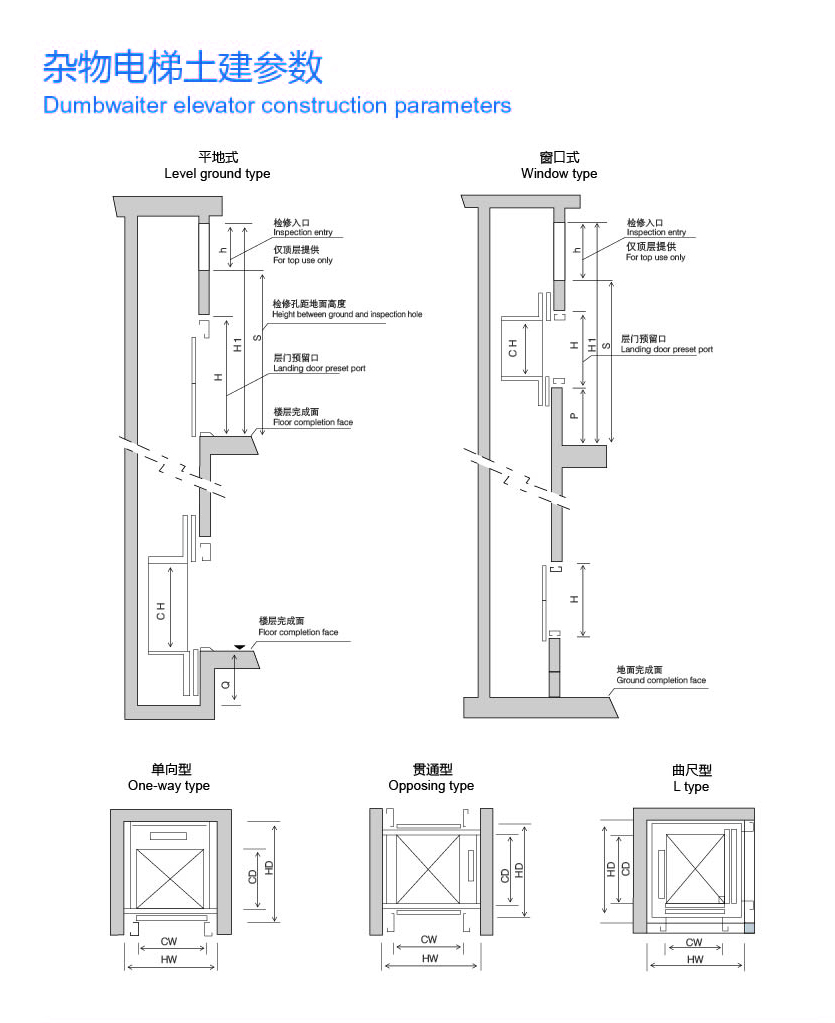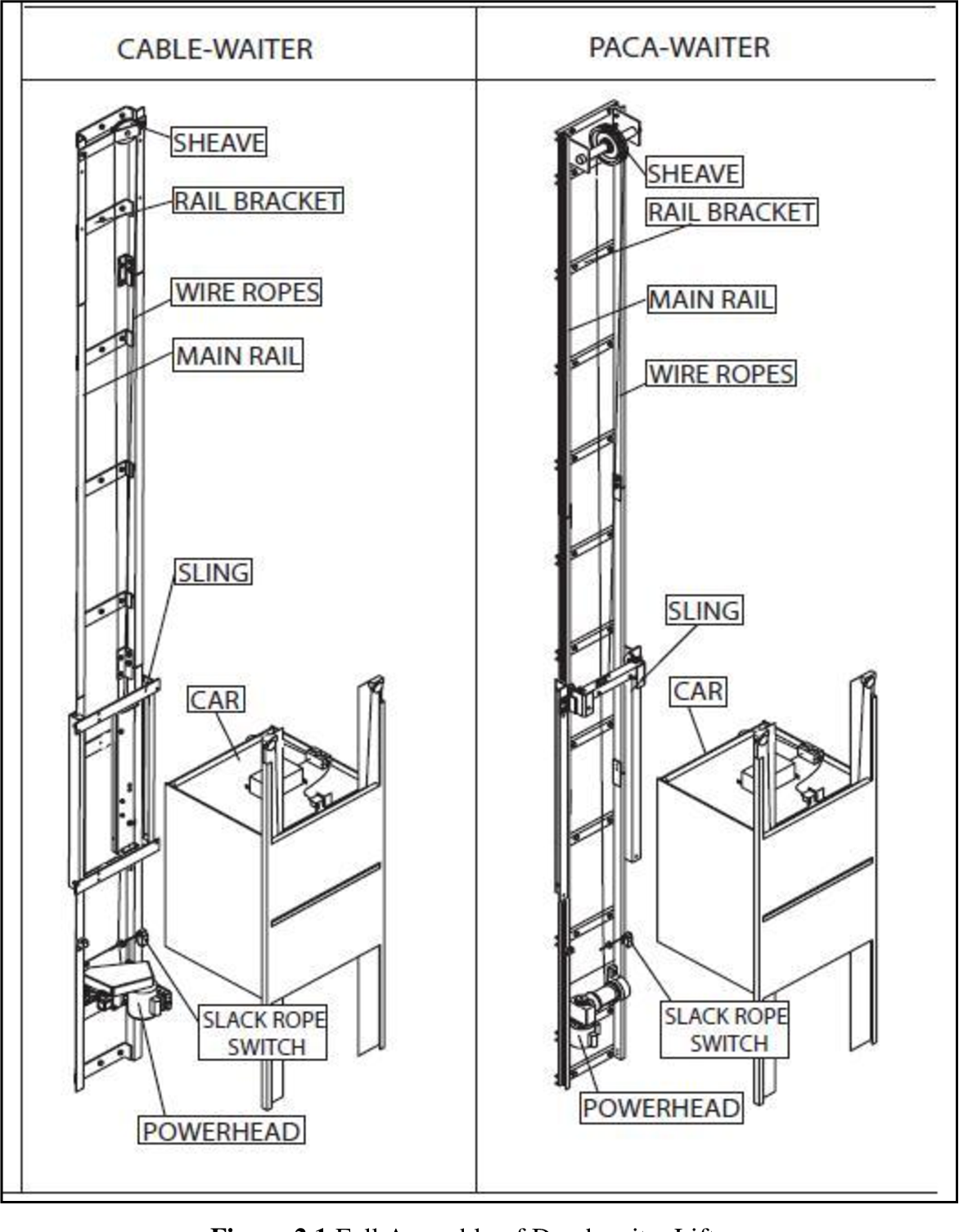
Problems with wooden guide rails can be quite troublesome. Assuming all of the pulleys are still in place, two major problems are likely to occur: (1) ropes stretch or break (2) guide rails are now out of alignment.
#BUILDING A MANUAL DUMB WAITER PARTS INSTALL#
The builder could buy just the hoisting machinery and have a local carpenter fashion the car and wood guide rails, and install the ropes.Ī hand-operated dumbwaiter is a relatively simple mechanism. The entire assembly of pulleys, gearing, car, ropes, rails, counterweights, etc., might have been bought as a package from the manufacturer and assembled on site. These are wood in old models, metal today. The car is steadied in its movement up and down by guide rails that are fixed to the shaft framing. The counterweight is adjusted so that the car will descend when the brake is released. A check rope is attached to the brake lever, which allows the operator to regulate the speed of the car when descending. Often there is a lock in the front bearing of the main shaft so that the car is always locked except when the rope is pulled.ĭumbwaiters (and light elevators) meant for multi-storey buildings usually were provided with a brake for the hand wheel. The extra weight of a load in the car is offset by friction in the pulleys, or is resisted by some sort of locking mechanism or brake. The car is counterbalanced by adjustable iron weights (similar to the sashes in a double-hung window). A dumbwaiter consists of a car enclosed in a shaft and suspended by ropes or chains from a pulley or pulleys above, so that it may be raised or lowered by means of a hand rope. Some old dumbwaiters have been boarded up, some turned into closet space, and these may be relatively easy to restore: if the pulley mechanism remains, it may need only new ropes. With the box and ropes removed, old dumbwaiter shafts often were used for retrofitted plumbing, electrical, or HVAC lines. A dumbwaiter-a little elevator that’s basically a box or a tray run by ropes and pulleys-is useful for bringing groceries to an upstairs kitchen, moving laundry from bedroom to basement, and hauling suitcases down from the attic.

The owners of the 1890 house in Peoria restored the existing manual dumbwaiter, which travels up and down three storeys.

(Illustration: Old House Journal Archive) All of the protection and adjustments are built into the opener itself–I controlled the raise and lower with these controls.Dumbwaiters were in use as early as the beginning of the 19th century-and probably earlier. As far as fire is concerned, this opening is a lot smaller than the open staircase that goes upstairs–and of course the staircase has no firedoor. If something in the basket hits-just like the door, it reverses. The opener doesn’t allow you to just bypass the photocells–so just pointed them at each other. Just used the two remotes-one at the top and one at the bottom. It works fabulous-grocerices goes up-garbaqe comes down. Framed it in right next to door going from garage to basement where stairs are located. It runs from the garage up to the spare bedroom closet. Had a friend cut a hole in the floor and run supports for joist that were removed. I used a 3/4 Craftsman opener I puchased on ebay. I had been reaseraching ideas and saw this.

I have a bad knee and was having a great deal of difficulty getting groceries up the stairs in my split level house.


 0 kommentar(er)
0 kommentar(er)
